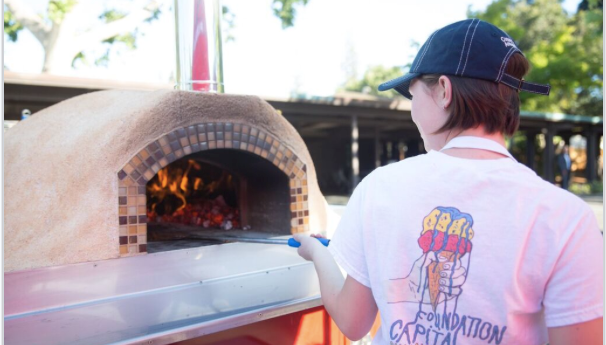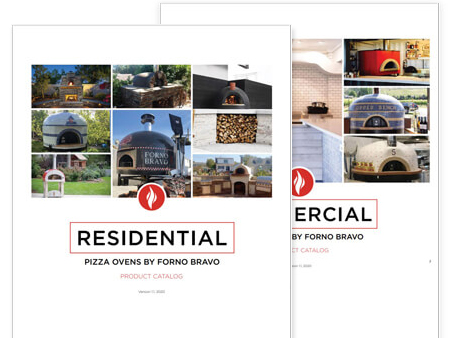
A Girl and Her Dragon – She’s on Fire!
Jul 05, 2016Posted by Kylie HThe bright side is that, as of the writing of this latest blog, I haven’t set anything on fire that I wasn’t supposed to. I am not going to lie; there have been a few close calls. Turns out burning cornstarch will adhere to a pizza peel and turn a 6-foot cooking implement into a temporary torch. Evidently supposedly dead coals can flare up when brought out of the oven into open air, and there’s something about a smoldering ash can that turn the most nimble individual into a clumsy footed disaster in waiting.
Obviously, the possibility of inadvertently causing a major wildfire is the most nerve-wracking part of managing a fire, but it is by no means the only troublesome one. I, through a combination of inexperience and the kind of well-meaning idiocy that only a teenager can pull off, have made a litany of mistakes that I feel enable me to expound upon the subjects of starting, maintaining, and putting out fires in a pizza oven.
First off, simply having a pizza oven insulates you from the most difficult parts of building and managing a fire. Heavy rain, strong winds and cold weather can slow oven heating (see my post on Bad Weather for a more in depth explanation of/rant on this phenomenon), but they can’t put out a fire or prevent it from starting. In addition, despite my earlier jokes to the contrary, a pizza oven (provided it is well made) keeps sparks from popping out and starting accidental fires.
Starting the fire is, in my eyes, the most difficult part. I use madrone wood (burns easily and stores well), but if allergies are not a concern, nut woods, such as almond, also work very well.
- To begin, stack kindling log cabin style near the front of your oven and toss in a square of fire starter.
- Light the fire starter, preferably via a match or lighter (but if you’ve got a spare flamethrower around then break the sucker out and send me the video).
- Once the kindling catches, use your hands or a poker to shove the kindling farther back into the oven. It is all right if your mini-cabin falls over, so long as the fire keeps going.
- Add a good-sized log, about the size and width of the average forearm.
- If necessary, add more kindling, as much as you would like. At this stage, kindling is a bit like garlic, or Parmesan cheese. You don’t want to go absolutely wild with it, but it is all right to use a bit more than you really need. When starting a fire, I have definitely been guilty of piling woodchips on whenever the blaze starts to flag in a blind panic.
- Once the larger log has caught, you should move the entire fire over to one side of your oven, using a poker or coal scoop, and add more wood.
- After a couple of minutes, move the fire to the other side of the oven and check the temperature of the heated floor. You want it to be between 600-800˚ for optimal cooking times. Since you will be using the side opposite the fire for cooking, make sure to brush the floor clean of ashes before launching your first pizza.
With the fire going strong, your job becomes infinitely easier. Maintaining the fire is simple, just add more wood whenever the blaze burns low, and scoop out the ash once it begins to intrude upon your cooking area (scoop it into an ash bucket and be careful, they can stay hot for a couple of hours).
Keeping the floor hot enough to cook on is more difficult. Earlier I said that you needed to move the fire to one side of the oven in order to free up floor space to cook on. Keep monitoring the temperature (I use a laser thermometer), and if it drops below 550˚ or you notice that the pizzas are taking too long to cook, move the fire to the other side of the oven and clean the newly exposed floor with your ash brush again. Keep switching sides and adding logs to keep the floor hot throughout the night. With practice, you won’t need the thermometer to ascertain when to move the fire, but it’s definitely a useful tool to have.
All good things must come to an end, even pizza parties. When the event is over, do not try to scoop the hot logs and coals into the ash bucket. If you can, just replace the door and leave the fire overnight. By morning, the fire will have burned down and you can remove the ash with ease.
Of course, the reality of cooking with fire is a bit more complicated than 800 or so mildly discombobulated words. However, practice makes perfect, so go out there and try!
You can learn more about Kylie’s mobile catering business at www.agirlandherdragonpizza.com .





